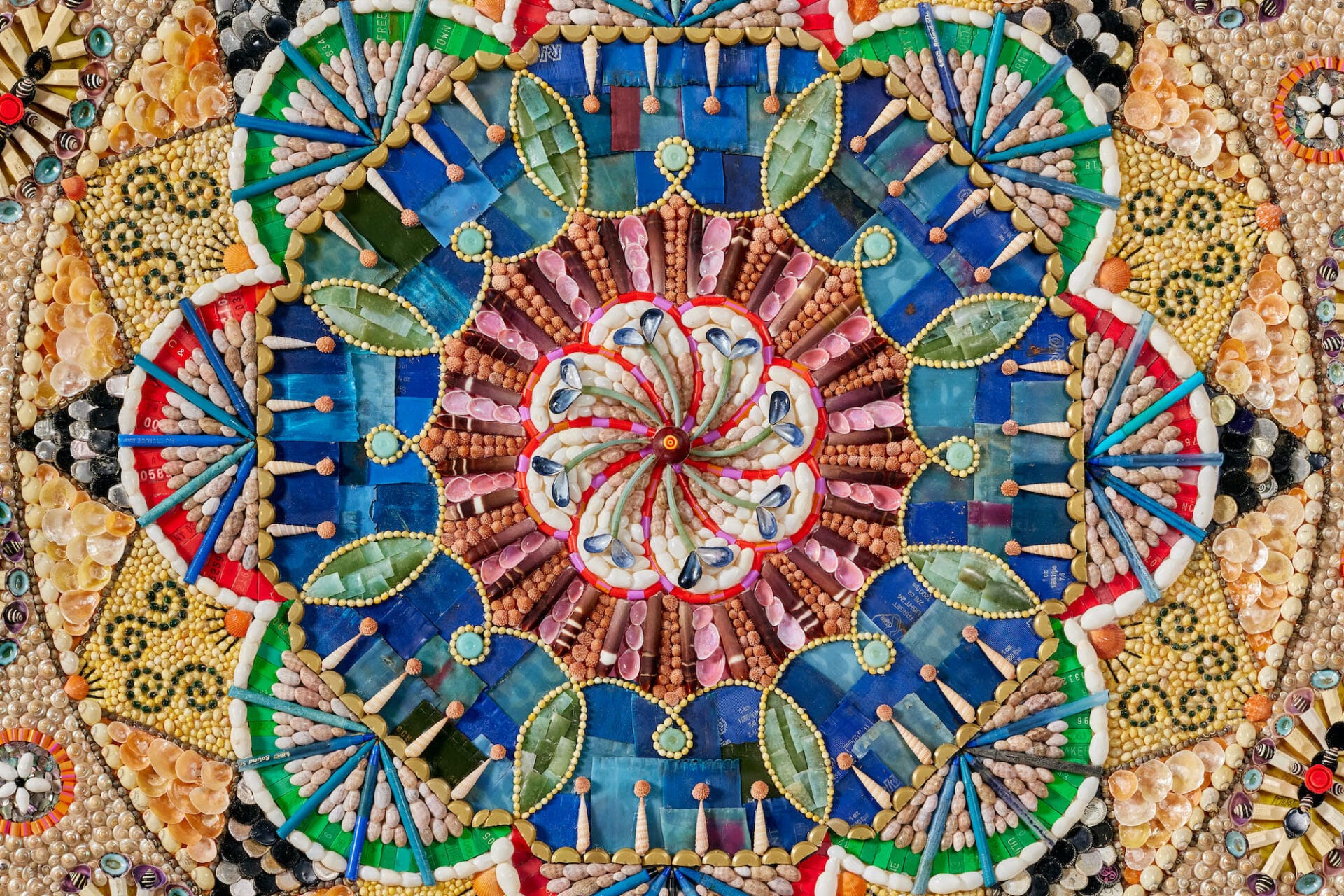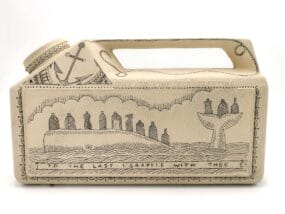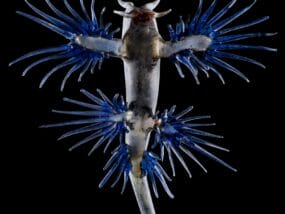Art
Climate
History
#Duke Riley
#plastic
#scrimshaw
#sculpture
In ‘The Repatriation of King Skellig Mör,’ Duke Riley Explores the Bizarre Relationship Between Nature and Institutional Power
May 31, 2024
Jackie Andres

Photos by Robert Bredvad, courtesy of Praise Shadows Art Gallery, shared with permission
The most famous goat in the history of Boston was named Skellig Mör. During the early 1900s, Skellig Mör’s name plastered headlines as an arduous legal battle for his custody ensued. The famed goat was born in Killorglin, a town in County Kerry, Ireland. Prior to being bought by Americans and taken overseas to Boston, Skellig Mör was dubbed king in the annual Puck Fair, one of Ireland’s oldest traditions in which a group of individuals trek up a mountain range, catch one of the horned mammals, and crown the chosen one ‘King Puck.’ A king and symbolic entity, Skellig Mör’s absence caused tensions to rise, taking matters of ownership to the courts.
Eventually, ruling decided that Skellig Mör would stay in U.S. custody, and he lived the rest of his days aboard a battleship called the USS Vermont. The goat’s unfortunate death came the same year he was given to the American sailing crew, sparking news coverage once more that revealed the goat’s body was ultimately stuffed and displayed in a Boston museum. In Duke Riley’s newest solo exhibition titled The Repatriation of King Skellig Mör, the artist explores this curious relationship between animals and nature, institutional power, and ownership.

Cultivating his ongoing fascination with history and folklore coupled with cultural impact and environmental destruction, Riley creates visual layers to tell a re-imagined story. Following suit with his previous work, the artist repurposes bottles and containers from mundane household products. By painting and carving into these materials, Riley completely transforms domestic supplies into seemingly archival relics bearing the undertones of both historical and contemporary narratives.
The Repatriation of King Skellig Mör features not only Riley’s lauded scrimshaw iterations and monumental mosaics pieced together from vibrant pieces of plastic trash, but also introduces new material ventures. The artist’s “ruby glass” sculptures evoke the early 1900s, when the material was widely sold at tourist stops in the form of souvenirs and keepsakes. Exhibition text states that Riley “uses nostalgia for this material to connect the dots” between societal and wartime moments in American history.
Visit the show at Praise Shadows Art Gallery through June 30, and find more work on Riley’s Instagram and website.







Photo by Dan Watkins Photography, courtesy of Praise Shadows Art Gallery, shared with permission
#Duke Riley
#plastic
#scrimshaw
#sculpture
Do stories and artists like this matter to you? Become a Colossal Member today and support independent arts publishing for as little as $5 per month. You’ll connect with a community of like-minded readers who are passionate about contemporary art, read articles and newsletters ad-free, sustain our interview series, get discounts and early access to our limited-edition print releases, and much more. Join now!
Share this story
This article comes from the Internet:In ‘The Repatriation of King Skellig Mör,’ Duke Riley Explores the Bizarre Relationship Between Nature and Institutional Power






